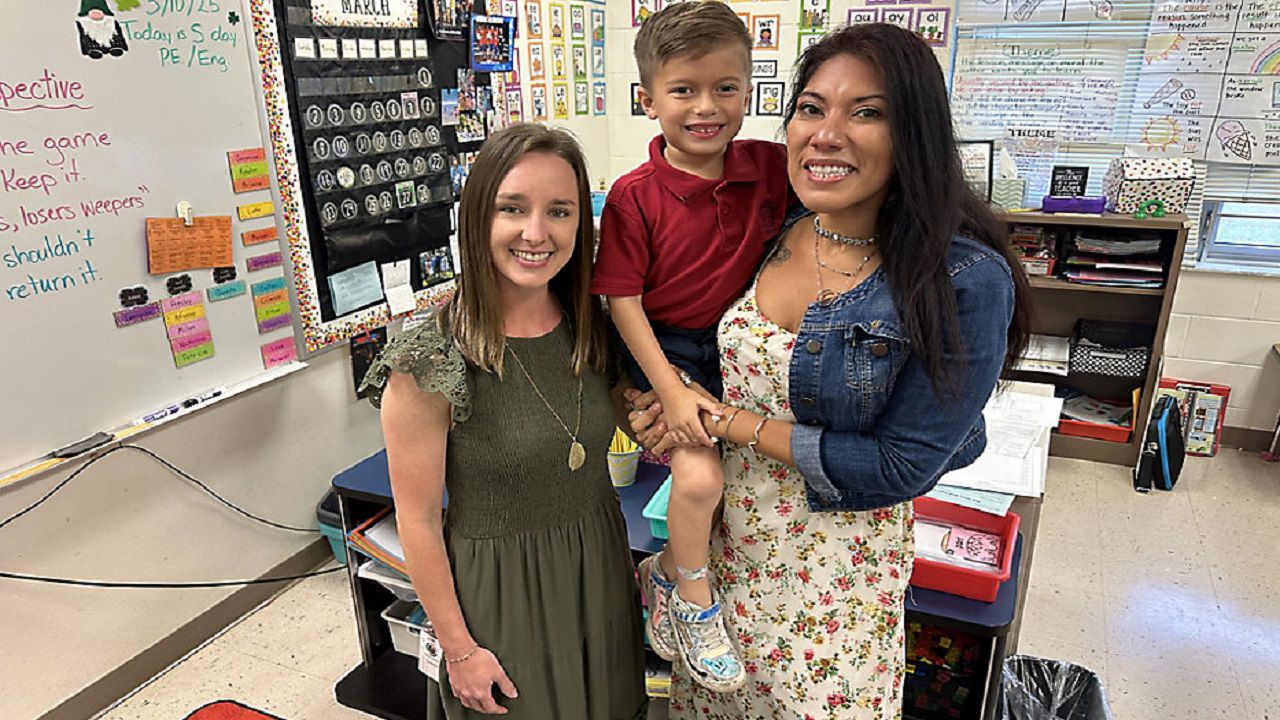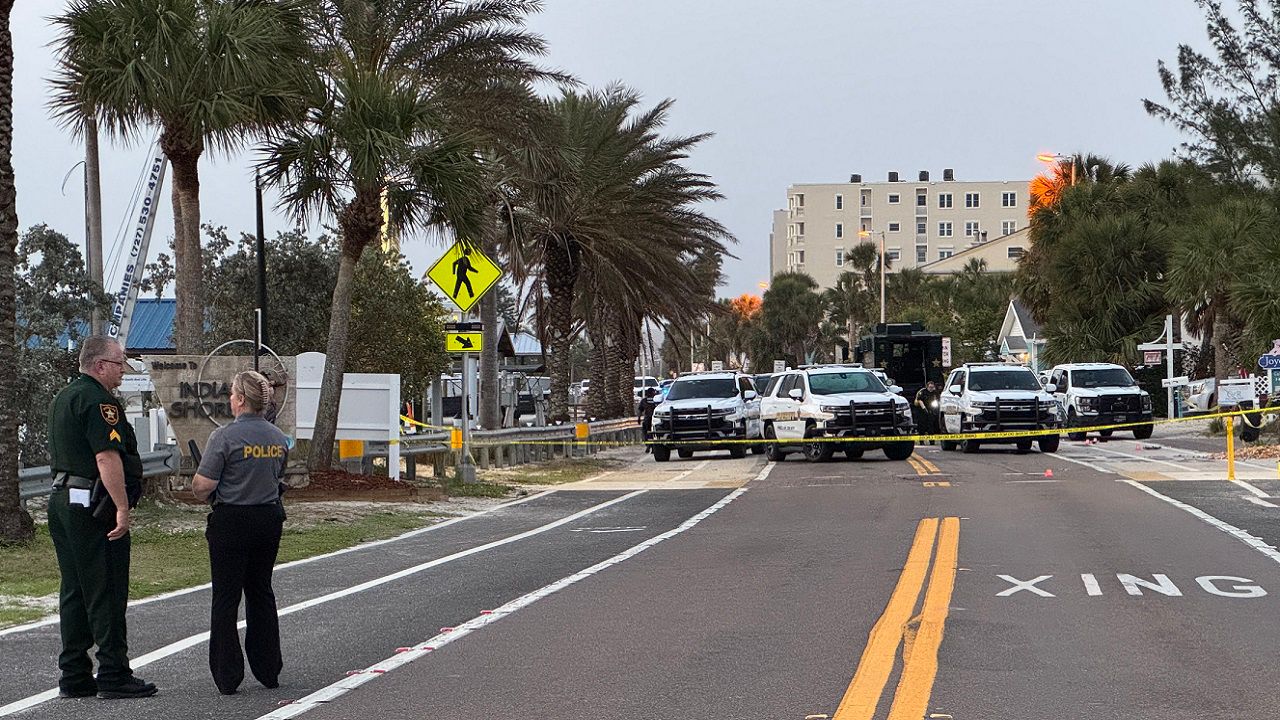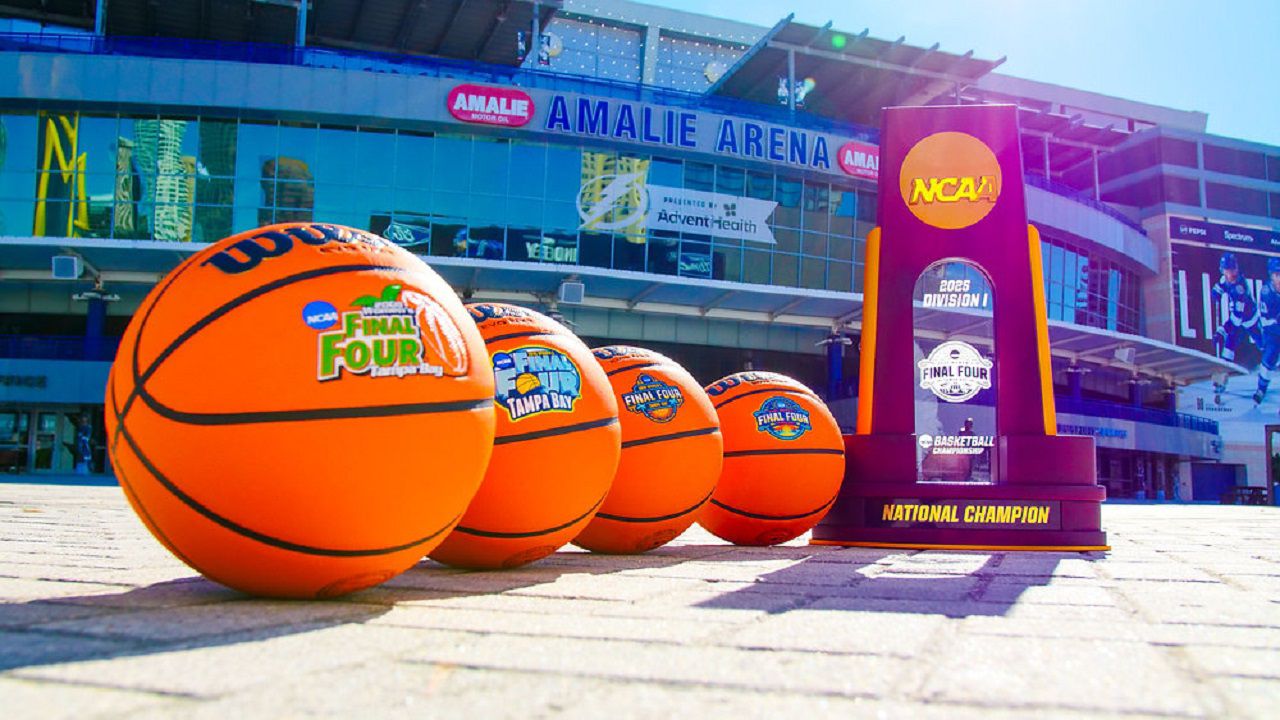LUTZ, Fla. — One thing is for sure. There’s nothing like watching a plane take off or come in for a landing.
The sound of its roaring engines growing louder or softer depending on whether it is leaving or coming. Hearing the rubber tires meet the pavement. The audial sign that is safe.
But for pilots like Ramone Hemphill, it’s all about the in-between.
What You Need To Know
- Pilot Ramone Hemphill enjoys the challenge of flying
- Hubbard recalls a time when he was asked to speak to first year Airforce Academy students but did not see enough of the change he wanted to see
- Tuskegee Airman Chapter President Toby Hubbard said it is matter of exposure -- showing more young minorities they can have a career in aviation
- If you're interested in flying lessons, visit Infinity Aero Club
“It’s the scenery. Like the things that I’ve seen. I’d have a hard time putting it into words just how beautiful it is out there,” he says.
That being said, as an aerospace engineer he would be lying if he didn’t admit that he kind of likes the challenge of flying, too.
“This may scare some people, but you will never truly master it," he said. "It’s that much of a complicated endeavor to where you’re always trying to find room for improvement."
It’s a mindset, according to Hemphill. The same mindset the Tuskegee Airmen had. A mindset that he has adopted. Not only as a pilot, but as a Black pilot.
“You’re talking about a subset of folks who were — talent wise — were at the highest peak talent wise. They got held back for so long from going into the actual theatre, but instead of sitting on their hands they trained and trained and trained,” he said.
That training was realized in 1944 when they were the chosen airmen to guide World War II bombers to their targets. Fighting off the enemy when necessary.
“Bombers were slow and heavy and flew lower to the ground. They were easy targets. The Tuskegee Airmen were a part of a fighter squadron that escorted them to their targets. And nobody did it better than them,” Airforce Veteran and Tuskegee Airman Chapter President Toby Hubbard says, smiling proudly.
He says they did it so well in fact, that the ‘Red Tails’ earned their own monikers.
“The Germans would see the Red Tails and they would call them the Red Tail Devils, but the bomber pilots called them the Red Tail Angels because they protected them on high,” he says.
It’s this history that he and other chapter members want to pass on to young people, especially young Black men and women. It’s the reason they wear red coats — to be living symbols of the Tuskegee legacy.
“Part of our mission in Tuskegee Airman is to instill within the youth of this world an interest in aviation. All aspects of aviation; mechanics, engineering, piloting,” he says.
Hubbard recalls a time when he was asked to speak to first year Airforce Academy students as an example of the change he wants to see.
“I said, 'Well, how many of you have interest or experience in aviation?' About two-thirds of the room raised their hands. I was blown away. I said, 'Keep your hands up.' There were no Black hands raised,” he said, unsurprised. But it’s easy to see the disappointment in his eyes.
“You know you can get your pilots license at 17 but you can begin training at 14. I said, 'Raise your hands if you already have your pilot’s license.' Two-thirds of the room raised their hands. No Black hands were raised,” he says. “Then I asked the ones with the raised hands how they got their license – how they knew they could even get a pilot’s license. ‘My dad works for Delta, my dad was in the Airforce, my grandfather is a pilot.’ Exposure. You see!”
If you want more hands in the air, you must first show them what’s possible. So, as young Black men continued to watch young White pilots go off to war, they began to ask themselves, why not me. Not too long after that the Tuskegee Airmen were written into history.
“And they had to do it under the conditions that they were in,” Hemphill said. “We shouldn’t have any excuse. Period. We can push through it. Whatever the barriers are, because we have that benchmark that we will never reach. And that should be a huge motivator for us.”
Landings are cool. Take-offs are even better, but the ride in between – that’s where history is made.











